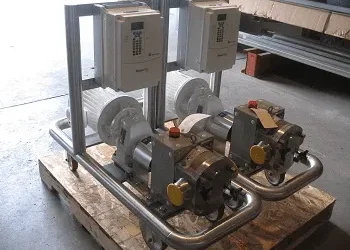There is no denying the importance of industrial pipe valves and fittings in various industrial processes. These components are responsible for directing, controlling, or shutting off the flow of fluid or gas through a pipe system.
Whether you are constructing a new system or upgrading an existing one, the right pipe valves and fittings can make a significant difference in the overall efficiency and safety of your operation. In this post, you’ll get a closer look at how to utilize industrial pipe valves and fittings.
Understand the Different Types of Valves and Fittings
Before you can utilize pipe valves and fittings effectively, you need to know the various types available in the market. For instance, valves come in ball, butterfly, gate, globe, check, and relief configurations, each with its specific function.
Fittings, on the other hand, include elbows, tees, reducers, nipples, and caps, which all serve a specific purpose. Understanding the different types of valves and fittings will help you choose the right components for your system.
Consider the Operating Factors
In addition to the type of valves and fittings, you need to consider the environmental factors affecting your operation, such as temperature, pressure, corrosion, and abrasion. These factors can affect the materials that you choose for your piping system.
For instance, corrosive elements in your fluid may require the use of alloys such as stainless steel or brass, while high-temperature systems may require valves and fittings made from materials such as carbon steel.
Choose the Right Size
The size of valves and fittings you select for your system plays a crucial role in determining the efficiency of your operation. Oversizing or under-sizing can lead to problems such as low flow rate, insufficient pressure, inefficient system functioning, and increased energy costs. To avoid such issues, consider the pipe system’s size and the fluid or gas flow rate when choosing valves and fittings.
Install Valves and Fittings Correctly
Even after selecting the right valves and fittings for your system, it is vital to ensure proper installation to get optimal performance. Incorrect installation can lead to leakage, reduced efficiency, and even equipment failure. Be sure to follow the manufacturer’s instructions on installation, use appropriate tools, and adhere to industry standards and regulations.



